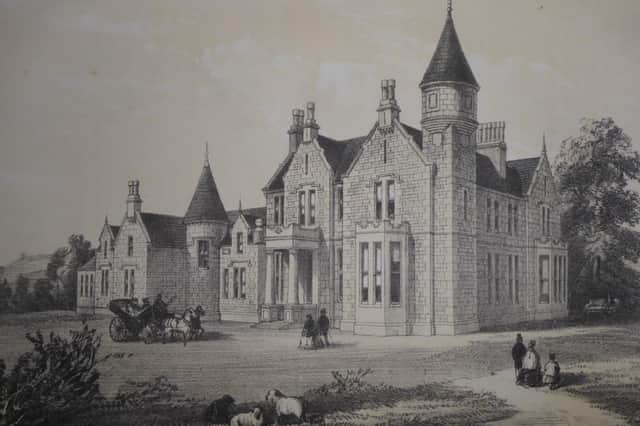Sirdar Iqbal Singh saved Kerse from destruction


It was thanks to Sirdar’s initiative that the Kerse was saved from destruction as it was being used as a rather large barn when he purchased it in 1987.
He restored the house and even brought his Swiss wife around to living there rather than returning to London.
Advertisement
Hide AdAdvertisement
Hide AdHis restoration work reflected not only his love for old buildings but for everything Scottish. He not only had his own tartan created but he had a passion for Burns.
Indeed, he purchased a small uninhabited island and called it Burns Island as a tribute to the Bard.
Before Sirdar took over the Kerse , the house was linked with the Gilchrist family. It was purchased by the Gilchrists of Arthur’s Crag at Hazelbank around 1914 as James Gilchrist’s wife Anne Hepburn wanted a larger house to accommodate an ever-growing family.
When he died the house was passed on to his younger son Little Jim. The elder son Sir Andrew Gilchrist, who was busy following a diplomatic career, kept the family home of Arthur’s Crag.
Advertisement
Hide AdAdvertisement
Hide AdA decline in the soft fruit market eventually led to the house being sold.
The story of the estate and the Kerse itself goes back a number of centuries. In the 13th Century, the lands were the property of the Tironesian monks of Lesmahagow Priory whose abbot Osbert leased out the lands to a laybrother called Rudolph.
Not much however is heard about this estate which was then called Glenane till the records inform us that the Weirs of Stonebyres were running the estate in 1603.
The Weirs probably built what was referred to as the ‘solid house’ which was standing when the Greenshields bought the estate. The man who bought the estate was James Greenshields; he was a Glasgow advocate with a love for local history. He was responsible for building the Kerse in a pseudo baronial style.
Advertisement
Hide AdAdvertisement
Hide AdBut there was much more to this man; he also wrote the Annals of Lesmahagow in 1854 which was an amazing piece of scholarship. It is still a vital reference work for local historians.
The picture accompanying this article is taken from his book.
To conclude, it can be said that the people who have been involved with the Kerse over the past two centuries have made a notable contribution to society in many different ways.